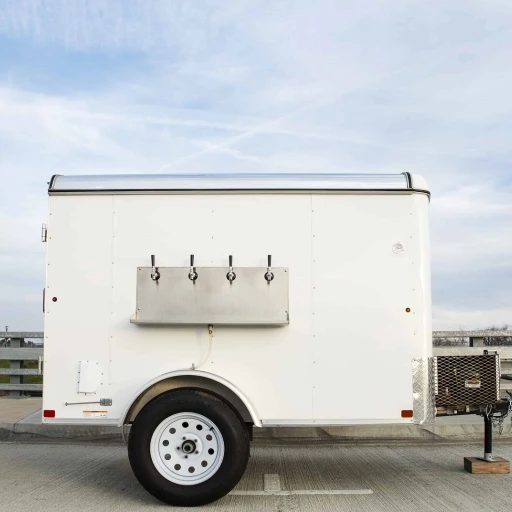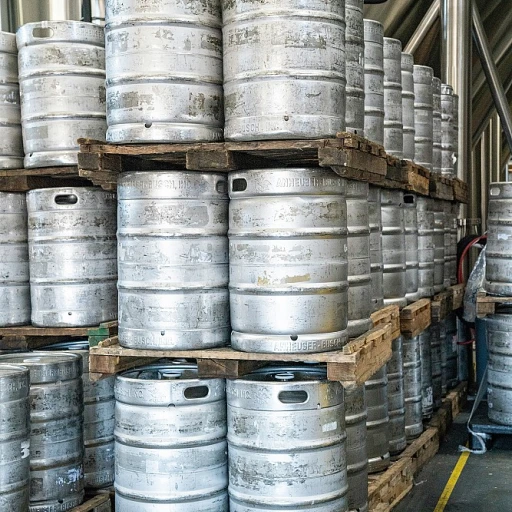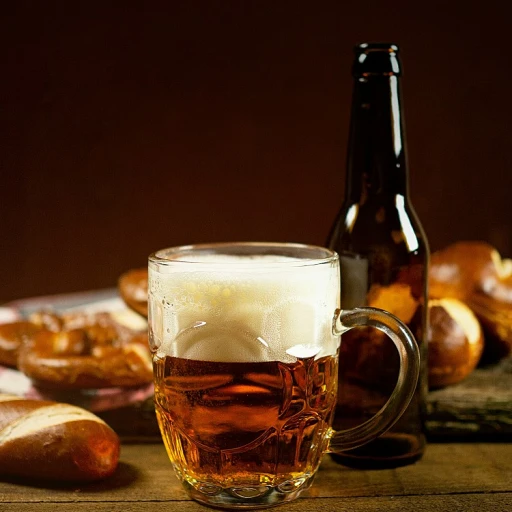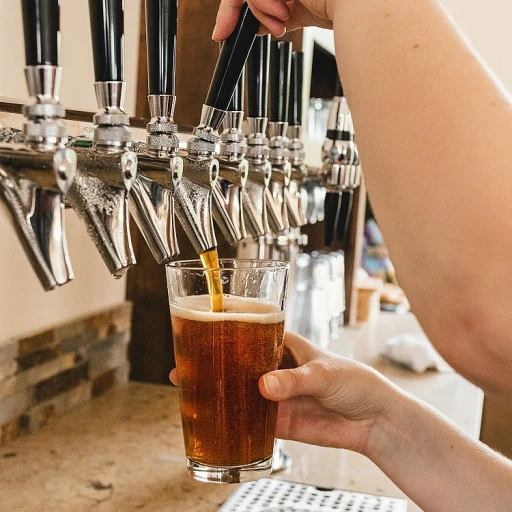
The Origins of Pale Ales and IPAs
Tracing the Journey of Pale Ales and IPAs
The story of pale ales and IPAs is a captivating tale rooted in British brewing traditions. Originally, pale ales were birthed in England as a result of technological advancements in malting. The pale malts, which were kiln-dried without the influence of smoke, produced a lighter colored beer compared to the darker, smokier ales of the time. As the popularity of these crisp, refreshing beers grew, British brewers began experimenting with hop varieties, inadvertently paving the way for the India Pale Ale (IPA). The IPA emerged during the era of the British Empire's expansion, crafted to withstand long sea journeys to colonies in India. These beers boasted a higher hop content for preservation, offering drinkers a distinctly bitter yet aromatic experience. The original pale ales and IPAs were entirely different from the modern interpretations that are now adored across the globe. Today's brewers continue to push boundaries, drawing inspiration from those early innovations to create diverse palates and bold flavors. For an intriguing dive into another robust IPA variety, explore the fascinating flavors of Raging Bitch IPA.Tasting Notes: What to Expect from Pale Ales
Pale Ales: Flavor Profiles to Delight the Palate
When you embark on a tasting journey with pale ales, you're in for a delightful experience. Typically characterized by their golden to amber hues, these beers present a harmonious balance between malt and hops. Their moderate strength and versatility make them a real crowd-pleaser. As you take your first sip, you can expect:- Maltiness: Pale ales typically feature a gentle malt backbone, offering notes of biscuity or caramel sweetness without overpowering the other flavors.
- Hoppiness: While not as hop-forward as IPAs, pale ales provide a pleasant, floral, and sometimes citrusy hop aroma and flavor.
- Bitterness: With a balanced bitterness, pale ales are smooth and easily approachable, making them suitable for both seasoned beer enthusiasts and newcomers.
Discovering Varieties and Styles
The beauty of pale ales lies in their diversity. From classic English Pale Ales to American Pale Ales (APAs), each variety has its own unique twist. English Pale Ales tend to be maltier and have a more subdued hop profile, while APAs bring a more vibrant hop character to the forefront. For a refreshing twist in craft beer, don't miss out on trying styles that bring new elements to the taste equation. Learn more about these creative takes here.The Hoppy World of IPAs
The Character of IPAs
When you step into the realm of India Pale Ales, you're welcomed by a vibrant symphony of hop-forward flavors. IPAs are characterized by their distinct hoppy aroma and taste, a result of using abundant hops during the brewing process. The hop varieties chosen can introduce a variety of flavors, ranging from citrusy and fruity to piney and earthy notes. IPAs tend to have a bitterness that's attributed to the higher alpha acids found in hops. However, it’s the balancing act of the malt profile that creates the final harmony, ensuring the bitterness is complemented by a subtle sweet malt backbone. Whether it's a traditional English IPA with its earthy hops or a modern American IPA bursting with tropical flavors, each variation tells a story of its own.Subcategories of IPAs
The IPA style has evolved into several exciting subcategories:- Session IPA: Designed to be more approachable with a lighter body and lower bitterness.
- Double or Imperial IPA: Known for a bolder hop profile, higher alcohol content, and a robust malt balance.
- New England IPA: Also known as Hazy IPA, prized for its juicy flavors and cloudy appearance.
Pairing Pale Ales and IPAs with Food
Perfect Partners: Foods that Complement Pale Ales and IPAs
Pairing food with beer can enhance the flavors of both the dish and the beverage, creating a harmonious dining experience. When it comes to pale ales and IPAs, there are several culinary matches that highlight their unique characteristics.- Grilled Meats: The caramelized flavors from the grill work beautifully with the maltiness of pale ales, while the hops in IPAs can cut through the richness of meats like steak, lamb, or even a juicy burger.
- Spicy Dishes: The bitterness and hop notes in IPAs are known for taming the heat in spicy foods. Think of enjoying a vibrant IPA with your favorite Indian or Thai curry, as the combination can balance spice levels and heighten aromatic flavors.
- Cheese: Cheddar and blue cheese are excellent choices with pale ales, whose crispness can cleanse the palate, allowing you to enjoy rich cheeses without overwhelming your taste buds. Together, they create an enticing taste sensation.
- Fried Foods: From crispy fries to golden fish fillets, the carbonation and hoppy notes of pale ales and IPAs provide a refreshing contrast, bringing out the best in fried fare.
Trends in the Pale Ale and IPA Scene
Current Innovations and Consumer Preferences
The craft beer landscape is ever-evolving, and pale ales and IPAs continue to be at the forefront of this dynamic scene. One of the most striking trends is the increasing interest in creative flavor profiles. Brewers are experimenting with novel ingredients such as tropical fruits, spices, and even ancient grains to offer a refreshing twist to traditional recipes. This innovation allows beer enthusiasts to indulge in endlessly diverse taste experiences.
Session IPAs: Lower ABV, Big Taste
In response to the growing health consciousness among consumers, session IPAs have gained popularity. These lighter versions maintain the hoppy essence but come with lower alcohol by volume (ABV), allowing you to enjoy several glasses without feeling overwhelmed. It's a trend that highlights the importance of balancing flavors with a wider audience's varying preferences.
Sustainability and Local Sourcing
Another significant shift is the emphasis on sustainability and local sourcing. Many breweries are making conscious efforts to reduce their environmental impact by using locally sourced ingredients and implementing eco-friendly practices. This shift not only benefits the planet but also enhances the freshness and quality of the beers produced, appealing to eco-conscious consumers.
Digital Age Influence: Virtual Tastings and Online Communities
The advent of technology has also influenced beer tasting experiences. Virtual tasting events have become a staple, especially when connecting with a global audience is crucial. These online gatherings allow beer lovers to interact, exchange ideas, and share tasting notes from the comfort of their homes. Additionally, online communities provide platforms for discussions and reviews, fostering a vibrant culture around pale ales and IPAs.













